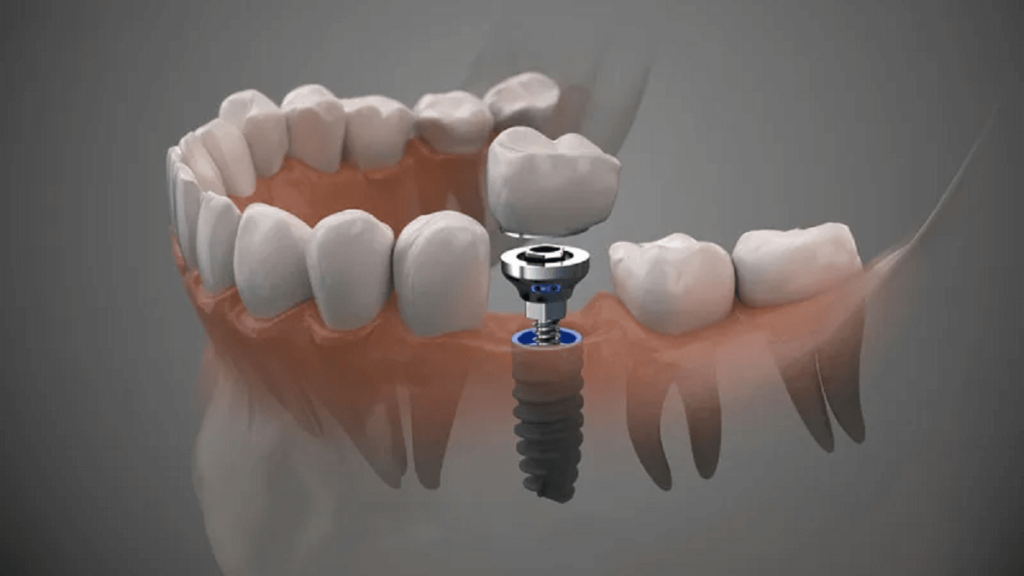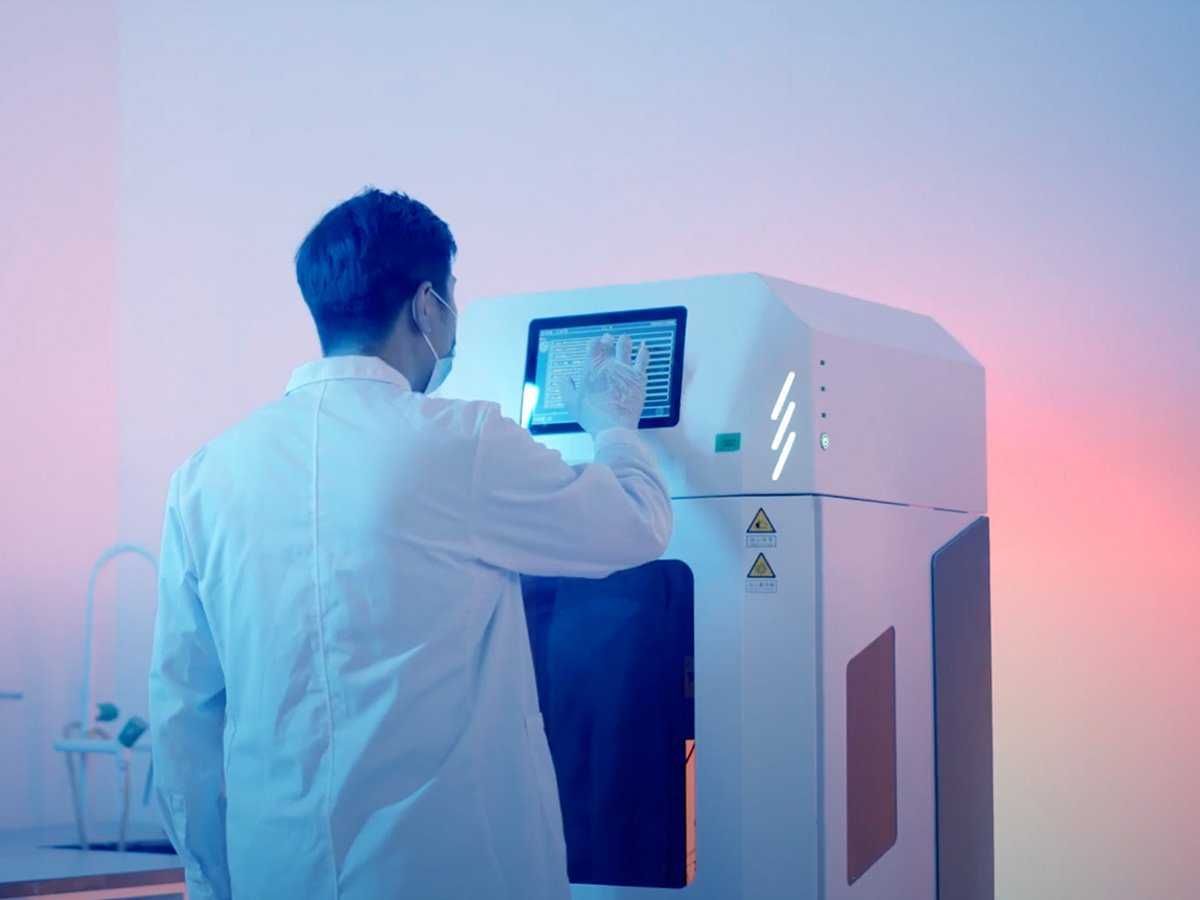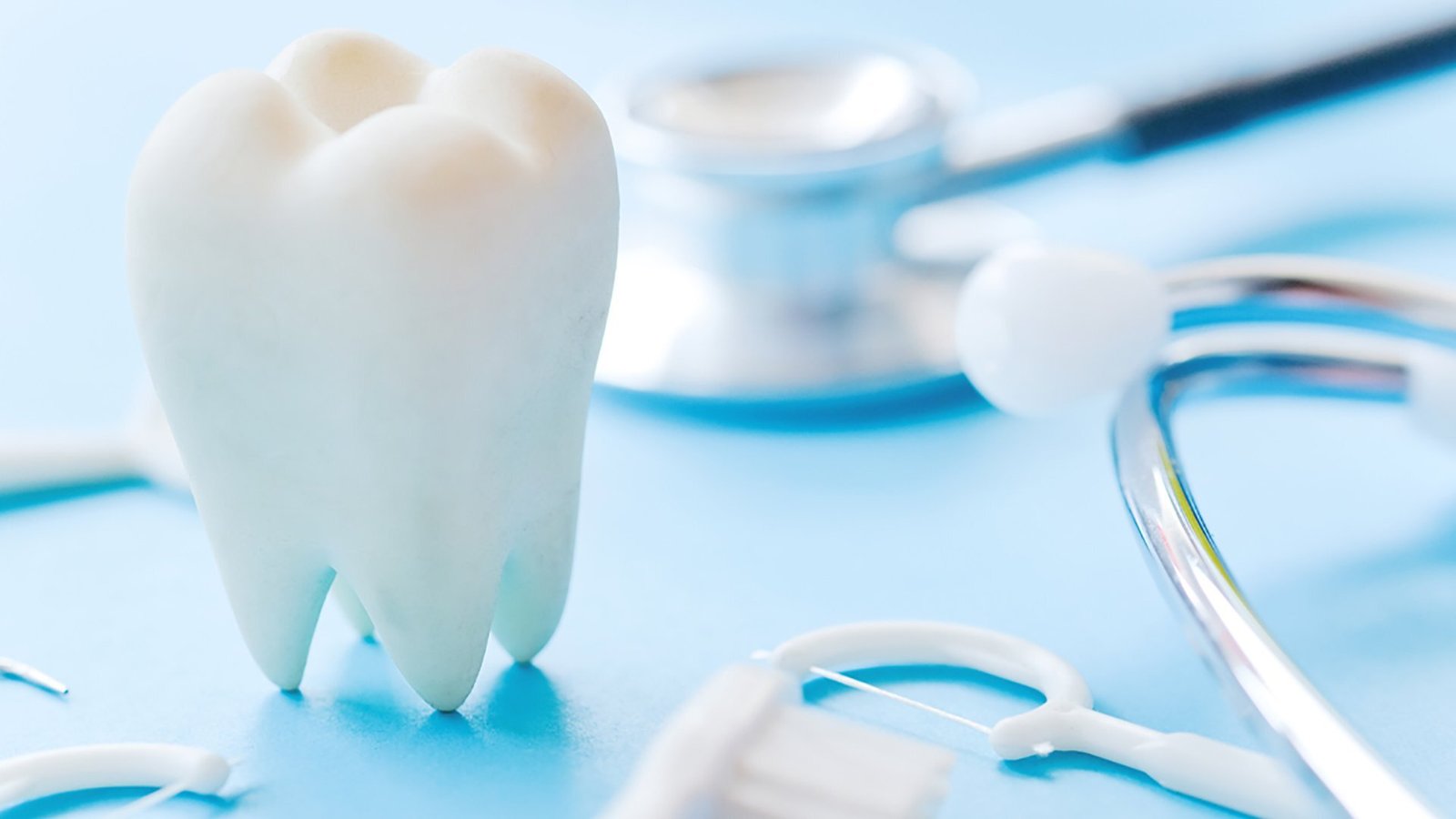Dental implants are a perfect solution of modern dentistry for missing teeth that can significantly improve your daily life. A missing tooth can reduce your confidence in your daily routine, from eating to speaking and smiling. Different types of dental implants are available to restore your smile and improve your oral health and confidence.
The article below will discuss dental implant procedures, types of dental implants, and dental implants aftercare. After reading the full article, You will be able to understand the importance of dental implants for your oral health and routine daily life. Aidite dental equipment is the perfect solution for professional dental implants. Let’s start this exploration and learn more about dental implant procedures, types of dental implants, and dental implants aftercare.

What is a Dental Implant?
A dental implant is an artificial post that serves as a tooth root in place of any missing tooth. It is placed within the jawbone of the patient by surgery and fuses with the bone over time. After the secure placement of the implant bridge, a crown or denture is placed over it to restore its natural appearance and functionality. The dental implant procedure is a long-term perfect solution for your missing teeth. They are designed from biocompatible materials and are highly safe and secure to use in the human body.
Benefits of Dental Implants:
You can get unlimited benefits from dental implant procedures and restore your natural aesthetic and smile. Some of the common benefits of dental implants are listed below for your consideration.
- Dental implants preserve your natural tooth structure and oral health
- Offer enhanced appearance and blending with adjacent teeth
- Serve as a lifelong solution with proper dental implants aftercare routine
- Low-cost and less invasive solution for missing teeth
- Implants ensure comfortable eating and speaking
- Biocompatible and safe for use in oral procedures
Types of Dental Implants:
There are many different types of dental implants available according to the specific needs of patients. A professional dentist will select the most suitable type according to your oral health, personal preference and bone density. The common types of dental implants are described below for your easy understanding.
Endosteal Dental Implants:
These are the most basic type of implants, designed like small screws and directly inserted into the jawbone. A crown is placed on the implant after its healing and proper fitting within the bone. Endosteal implants are commonly used in cases where single tooth replacement is processed. This procedure involves two surgeries, the first for inserting the implant into the jawbone and the second for attaching the crown to the implant. Proper dental implants aftercare routine is necessary to keep it fully functional and properly fixed.
Subperiosteal Implants:
The subperiosteal implants are placed above the jawbone within the gum. These types of dental implants are highly preferred for patients with less bone density. These implants need a metal framework to keep them in place, as they are not inserted into the bone. Due to their specific application for patients with low bone density, these implants are not commonly used for all patients. Dental implant procedure for subperiosteal implants is less invasive and perfect for patients who cannot undergo bone grafting.
Zygomatic Implants:
This is one of the special types of dental implants, only used in cases with severe bone loss in the upper jaw of the patient. These implants are anchored in the cheekbone of the patient instead of the jawbone. It is a rare dental implant procedure, but still useful for those who can not avail of the traditional and commontypes of dental implants. Placing a zygomatic implant requires high skill and a complex surgical procedure.
All-on-4 Dental Implant Technique:
In this type of dental implant, the entire teeth arch of the patient is replaced with only four implants. It is a low-cost method and doesn’t require deep bone grafting for placement. In this method, 4 dental implants are placed strategically to support each other. After the placing of 4 implants, a full teeth arch is installed above to improve their support and functionality. It is a quick and efficient solution for extensive tooth loss without any high cost and complex procedure.
Complete Dental Implants Procedure:
The dental implant procedure requires careful planning and execution of multiple steps for professional results. The complete dental implant procedure is described below in some.

Examination and Planning:
In this step, the professional dentist or dental expert will examine the condition of your teeth with the help of digital or traditional x-ray. The dentist evaluates the damaged tooth or teeth requiring replacement and makes a procedure plan according to the details. Aidite digital scanners can be used for detailed and in-depth analysis.
Placing implants:
After the examination and planning step, the dentist starts the procedure with the placement of a titanium post into the jawbone or gum as per requirements. This is a surgical dental implant procedure and requires use of anesthesia to prevent the patient from pain and discomfort.
Healing Period:
Once the root port is successfully inserted in its place, it is left for healing and fusing with the bone. The healing period can be slightly different in different types of dental implants according to the procedure. Normally, it takes 2–5 months for an implant to fuse with the bone and heal. A temporary crown can be placed during the healing period to keep the post in its place and prevent from any damage.
Placing Abutment:
The abutment is attached after the healing of the implant to connect the crown with the implant. It serves as a foundation for the final restoration like a crown, bridge, or denture that keeps both attached. The abutments are commonly designed from biocompatible materials like zirconia or titanium depending on types of dental implant to match the color and appearance of natural teeth.
Crown Attachment:
It is the final step in the dental implant procedure and is carried out after proper healing of the implant and abutment placing. In this step, the customized crown is designed according to the patient’s natural teeth appearance and shape for seamless integration. After, the crown is attached to the implant with the help of an abutment to ensure proper fitting and attachment. A proper dental implants aftercare can improve the aesthetic and functionality of your implant.
Dental Implants Aftercare Tips:
A proper dental implants aftercare routine is essential to ensure the success and longevity of your implants. Here are the common dental implants aftercare tips for you to improve functionality and lifespan of your implants.
- Prevent plaque buildup by brushing daily
- Floss your teeth to maintain good gum health
- Avoid chewing hard foods to prevent the implant from damaging
- Follow proper checkups and visits to your dentist
- quit smoking as it can hinder the healing process
FAQs:
What are the common types of dental implants?
There are 4 basic types of dental implants including endosteal implants, zygomatic implants, subperiosteal implants and all-on-4 implants.
What is the lifespan of a dental implant procedure?
A dental implant can last for a long time or a lifetime with proper dental implants aftercare.
Which type of dental implant is useful for multiple teeth replacement?
The all-on-4 dental implant type is a perfect solution for replacing multiple teeth.
Conclusion:
Different types of dental implants are a durable and permanent solution for missing teeth. A dental implant procedure can improve your smile and oral health with properdental implants aftercare. It can boost your confidence and give you a natural look without affecting your natural tooth structure and oral health. Aidite dental equipment is a powerful tool for getting professional and top-notch results from your dental implant procedures.



